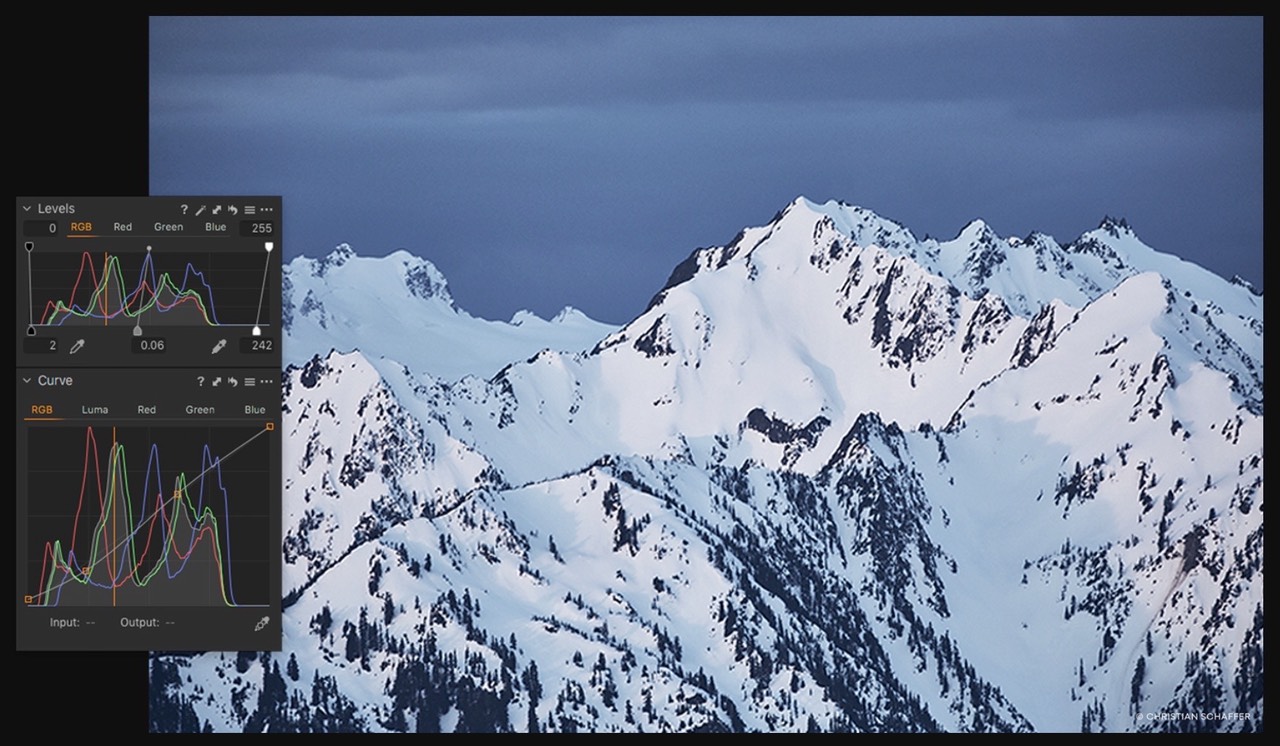Twice in recent months I've written, but then decided not to publish, articles about Capture One pricing. This time I won't second guess myself ;~).
The genesis of today's article is an email the Capture One team sent to registered users of their "for Brand" products this week, announcing a price increase. The Capture One for Fujifilm, Capture One for Nikon, and Capture One for Sony products now increases from US$129 to US$149, or in the subscription model, from US$10/mo to US$19/mo. You do get two activations instead of one now with the "for Brand" versions, though. (By the way, the Capture One Web site does not currently warn about the upcoming price increases.)
These prices are part of the same problem I wrote about twice but didn't publish: someone at Capture One is playing pricing games that doesn't make a lot of sense to customers. Prior to the version 21 release, I received direct offers of 30%, 20%, and 40% off at different times within a three week period. The product's price effectively changed three times, and depended upon which offer I responded to.

Is that a Capture One Curve panel or their pricing model? ;~)
Clearly, you don't offer three such rapid price changes without knowing that you're going to do so in advance. Did Capture One "make good" to people that responded to one of the lower discounts that suddenly increased a week later? Not that I know of. In some cases, upgrade offers are now costing more than the original purchase. Yuck. One result is that I'm now receiving emails from readers about Capture One's "predatory" pricing maneuvers. Yeah, that's got to be good for business.
I dislike MBA-derived micromanaging of pricing, and Capture One seems to have gone full monte on that.
But there's more going on here then is being reported: I would claim that Capture One doesn't have a fixed price any more due to all the discount and repricing stunts they've been doing. Apparently when they need a cash influx, they discount, and do so with heavy affiliate program promotion (i.e. articles on Web sites that appear to be news, but are really just marketing material regurgitated in return for a cut of the proceeds; in the US, the FTC requires such affiliations to be clearly delineated to the reader, but that's not always done, or not done clearly). When they find that customers have figured out the "least expensive" way to use the software, Capture One seems to make price changes. In other words, there is no fixed value to Capture One because its price is gamed at every possible chance.
Thing is, with software, you want customer loyalty, and Capture One is making moves that effectively reduce that. I don't particularly care if a software vendor reasonably prices their product as a perpetual license with regular, reasonably-priced upgrades, or whether it is priced by subscription (also with reasonable, predictable pricing). What I do mind is when a vendor is all over the map with pricing, subsets, and long-term policies. Adobe falls into the former category (reasonable), while Capture One is now in the latter (unreasonable), at least in my opinion.
The camera business, and all the businesses that support it, is really tough right now. New users are tough to find, and the active installed base is buying less often (and getting smaller). We've got too many competitors vying for the same customers. The result of that will be some combination of (a) death of products; (b) consolidation of companies; (c) slower and less extensive upgrades; and (d) attempts to vacuum up any dollars that they can find.
Updated: corrected missing word
